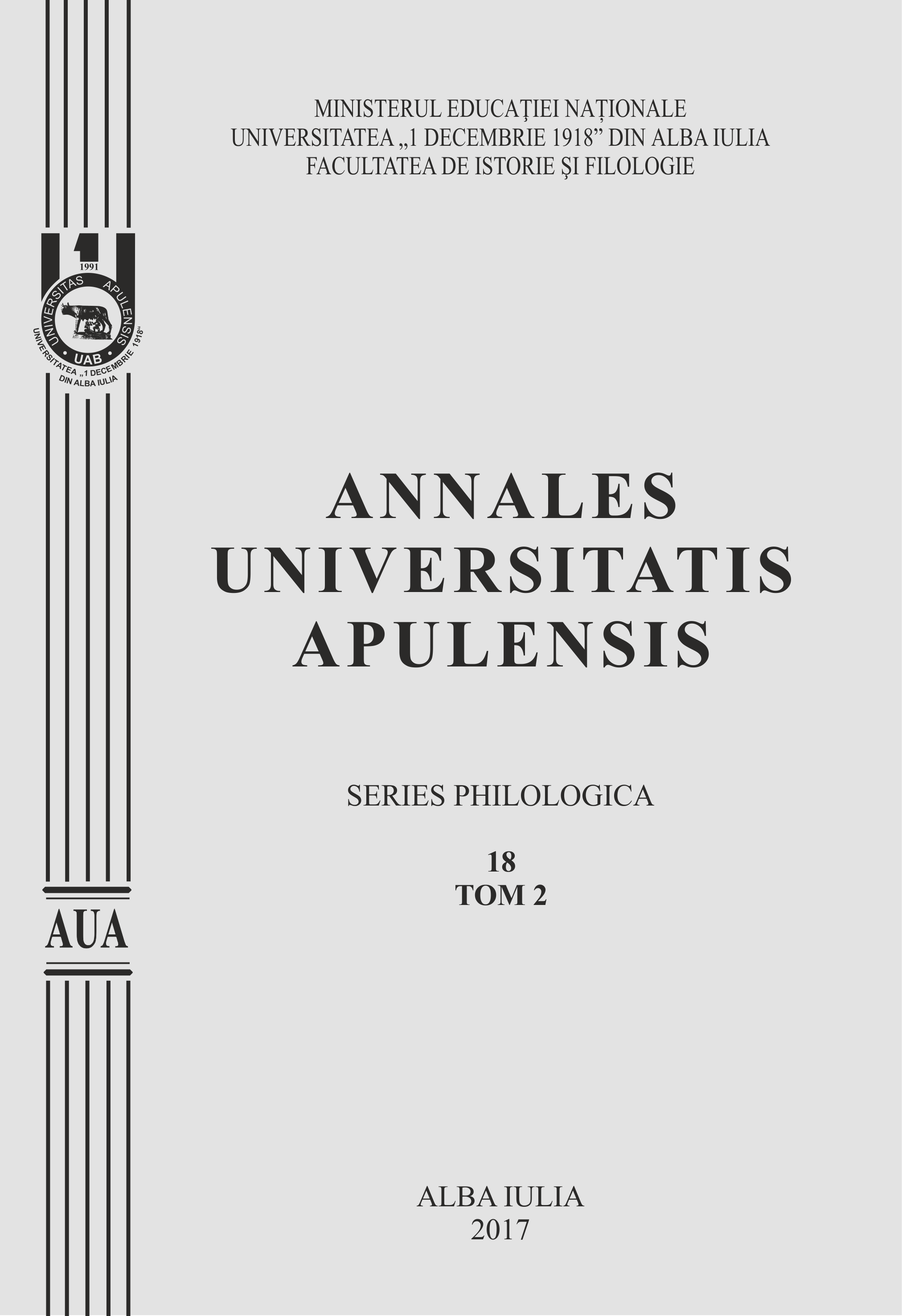INTERFERENŢE CULTURALE – FOLCLOR ŞI ETNOGRAFIE – ÎN ROMANUL „ŞTEAMPURI FĂRĂ APĂ” DE OVIDIU BÎRLEA
CULTURAL INTERFERENCES – FOLKLORE AND ETHNOGRAPHY – IN OVIDIU BÎRLEA’S NOVEL ŞTEAMPURI FĂRĂ APĂ
Author(s): Iulia Mirela TarkoSubject(s): Language and Literature Studies
Published by: Universitatea »1 Decembrie 1918« Alba Iulia
Keywords: novel; folklore; ethnography; mine; mountain village
Summary/Abstract: Although the dominant feature of Ovidiu Bîrlea's activity is that of a folklorist with multiple scientific preoccupations, as is the case of other writers, the complementary sides of his work were rather obscure. The novel 'Waterless Ore Crushers' (1979) is the first fictional piece of work belonging to the meticulous scientist, in which he reveals a special folk knowledge and remarkable skills for creating archaic, original pieces of world of millennial value. Fiction is a form of artistic expression for the author, revealing his strong and complex personality that had left thousands of pages of theoretical studies to Romanian folklore treasure and enriched the heritage of the folklore archive with exquisite documents; his novels, memories and the portraits depicted reveal different angles of his research and illustrate perfect understanding of Romanian folk culture in the most profound and expressive way. The novel is presented as a monographic of the mountain village in the Apuseni, revealing the archaic world of the mine workers who used to make a living by exploiting the gold, in a primitive way, using the same mines and methods as the Romans had done. The source of inspiration for the novel comes from the life of the people in Bucium, which Ovidiu Bîrlea got acquainted with while he was a boy and stayed connected to for the rest of his life - his stops at Bucium throughout his life have played an important part. The author takes particular inspiration from a real life event that took place in 1886, a mutiny of the local gold miners against a French company that had won a mining concession and started exploiting gold in Baia Domnilor. The miners' mutiny was put down by the Hungarian authorities and the ones responsible were sent to prison. The event, which appeared in the media at the time, generated a lot of interest among historians and also led to the creation of a folk ballad, several versions of which have been passed down by the folk people in Bucium to this day. Suggestively called 'a museum-like novel' by Georgeta Orian , an emblematic heritage of unaltered Transylvanian spirit, the book represents a code of folk life, of ritually obeyed rules, such as: going to and coming from the mine, organising home chores, trading with the town, social relationships showing economic and cultural gaps, customs related to work and other aspects of life, evenings at home or out at the pub, the main characteristics of the 'Mots' (inhabitants of the Apuseni Mountains) : diligence, joy, love, as well as their authentic language. The entire ethnographic and folklore richness woven around the plot of the novel illustrates the author's absolute mastery in conserving the outstanding Transylvanian folk culture.
Journal: Annales Universitatis Apulensis. Series Philologica
- Issue Year: 18/2017
- Issue No: 2
- Page Range: 126-154
- Page Count: 8
- Language: Romanian

